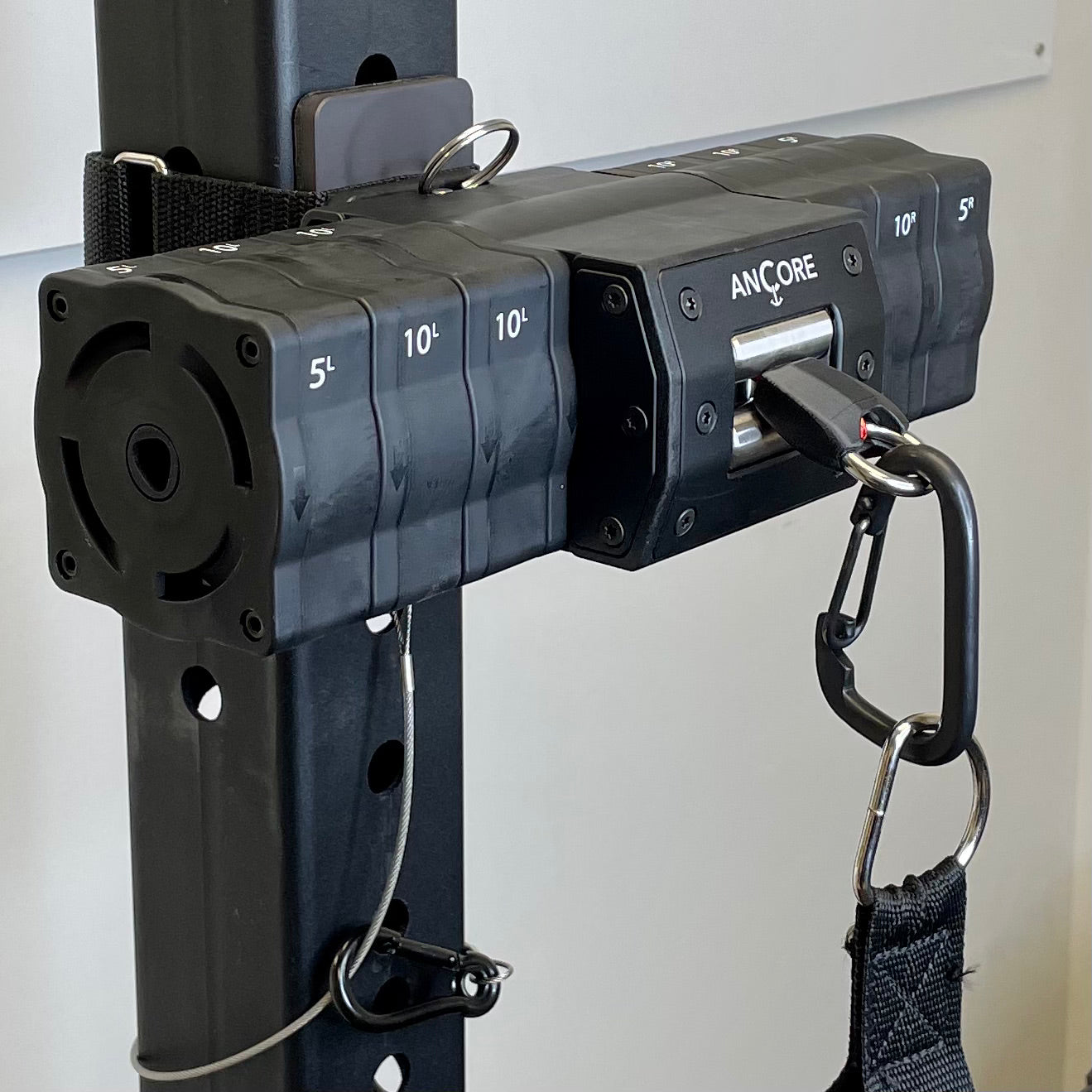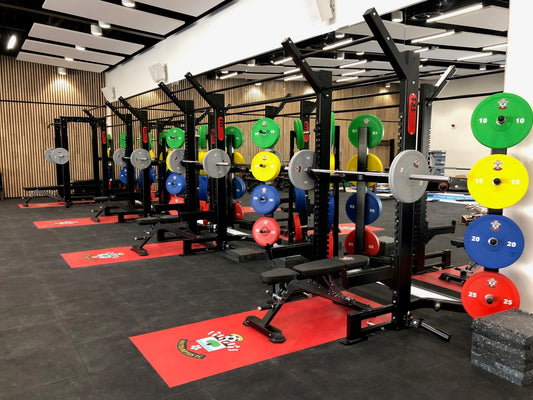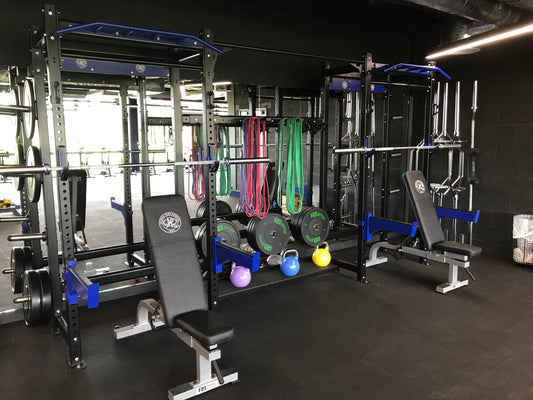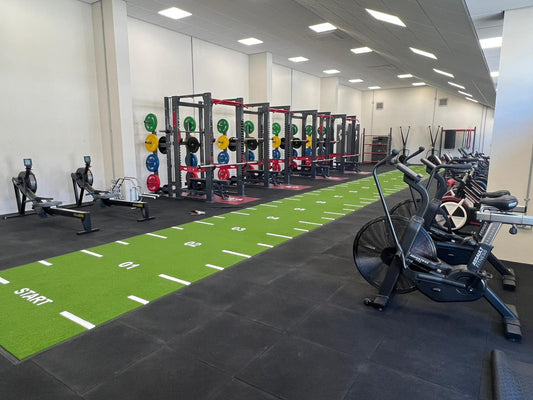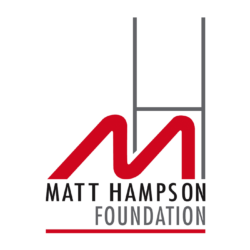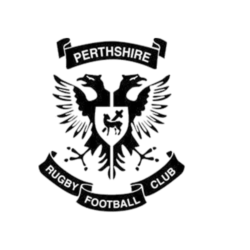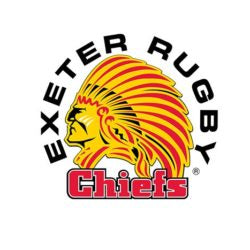In some cases, there is a major part to athletic excellence that is often overlooked… Testing.
Measuring how your athletes’ performance changes over time isn't just important for getting good results, but it could be the difference in them having a mediocre season or performing at their best.
By closely monitoring, measuring, and analysing our athletes, using actionable data we can help them train better, avoid injuries, and ultimately, perform better.
This article is the first in our 3 part series on testing modalities, and how they are the key to developing elite-level performance from athletes.
WHY DO WE TEST, ADAPT, AND MONITOR ATHLETES’ PERFORMANCE?
We do this for several reasons, each contributing to their development, performance improvement, and overall well-being:
Performance Improvement: Analysis and ongoing monitoring help to identify areas of strength and weakness in each athlete’s skills, technique, or physical abilities. This information can be used to design targeted training programs that focus on improving specific aspects of their performance.
Injury Prevention: This approach can also help to reveal biomechanical imbalances, improper movement patterns, or overuse of certain muscles or joints. Addressing these issues early on can help prevent injuries and reduce the risk of long-term damage. Or when running rehabilitation programmes, it allows you to ensure that athletes are in a position where they are ready to return to play.
Tactical and Strategic Insights: Coaches and teams analyse athletes to gain insights into their opponents' strengths and weaknesses. This information can be used to develop game strategies and tactics that exploit the weaknesses of the opposition. As well as optimise training programmes.
Progress Tracking: Undertaking these steps regularly, allows coaches and athletes to track progress over time. This helps in setting realistic goals and assessing whether training and performance targets are being met.
Optimising Training Programs: As previously mentioned by doing this level of analysis and monitoring, it can help determine the most effective training methods and regimens based on individual strengths, weaknesses, and responses to training stimuli. This customisation can lead to more efficient and productive training programs.
So, let’s dive in to each section in a bit more detail.
TESTING – UNDERSTANDING THE BASELINE
Testing serves as the starting point in an athlete's journey. It involves assessing training modalities fundamentally it looks at modalities such as speed and agility, VBT, force, kinematic and kinetic analysis. We will be discussing these modalities in further detail later on in this series.
By establishing a baseline through tests, coaches gain valuable insights into an athlete's physical capabilities. This baseline not only helps customise training programs but also allows for the identification of strengths and weaknesses.
Furthermore, specific skill-related tests can be employed in sports that demand precision and technical proficiency. For example, a tennis player may undergo agility and reaction time assessments, providing data that can be utilised to tailor drills and improve on-court performance.
ADAPT – SUCCESS THROUGHT PERSONALISATION
With the baseline reports complete and the insights gained from testing, coaches can tailor training plans to meet the specific needs of each athlete. The one-size fits all approaches are replaced by customised programs that address individual weaknesses and capitalise on strengths.
Reasons for Adapting Training Plans
- Optimising Workload: Fine-tuning training intensity, volume, and frequency based on test results ensures optimal workload for each athlete, preventing overtraining or undertraining.
- Addressing Weaknesses: Individualised plans enable targeted improvement of weaknesses, fostering a more comprehensive and balanced skill set.
- Motivation and Accountability: Quantifiable data provides athletes with tangible evidence of their improvement. This can serve as a powerful motivator and reinforces a sense of accountability to the training process.
MONITOR – ENSURE PROGRESS
It doesn't end with the implementation of a tailored training plan. Continuous monitoring of athlete performance is essential to track progress, evaluate the effectiveness of the training regimen, and make necessary adjustments.
Reasons for Monitoring Athlete Performance:
- Instant Insight: Regular performance assessments provide immediate feedback, enabling coaches and athletes to gauge the real-time impact of training on various performance parameters.
- Injury Prevention: Recognising signs of burnout or fatigue allows for a comprehensive approach to promoting the overall health and well-being of the athlete.
- Dynamic Adaptation: External factors like injuries, lifestyle adjustments, or changes in environmental conditions can influence an athlete's performance. Monitoring facilitates swift adaptations to ensure continuous progress and address emerging challenges.
Conclusion
Knowledge of the importance of rigorous testing, adaptation of training and continuous monitoring are crucial tools every coach should possess. The ability to fine-tune training, reduce injury risks, and gauge performance can significantly elevate an athlete's career.
If you're passionate about understanding the deeper layers of sports performance and its science, why not continue reading our series?
Discover here Part 2 where we delver into our first 3 training modalities. We will be discussing why these modalities are important, how data can impact your athletes performance and what is the best equipment to use.
